Category: Developer Tutorials for Gutenberg WordPress Editor
-
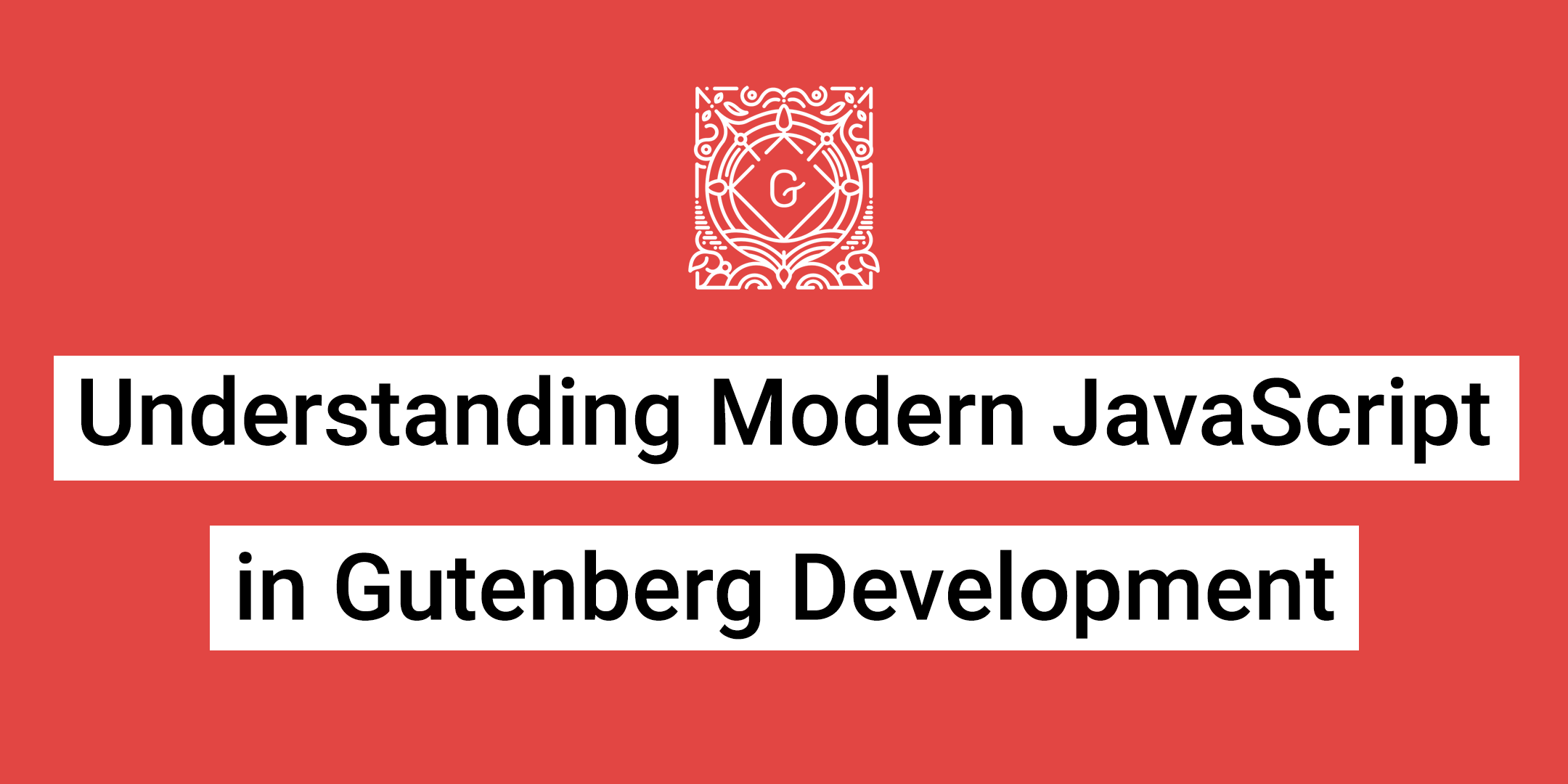
Understanding Modern JavaScript in Gutenberg Development
Learning modern JavaScript in Gutenberg development is one of the best steps you can take to get started building custom […]
-

The Ultimate Guide to Gutenberg Color Palettes and Color Classes
While there is no shortage of articles published about adding general support for a theme’s color palette within the Gutenberg […]
-
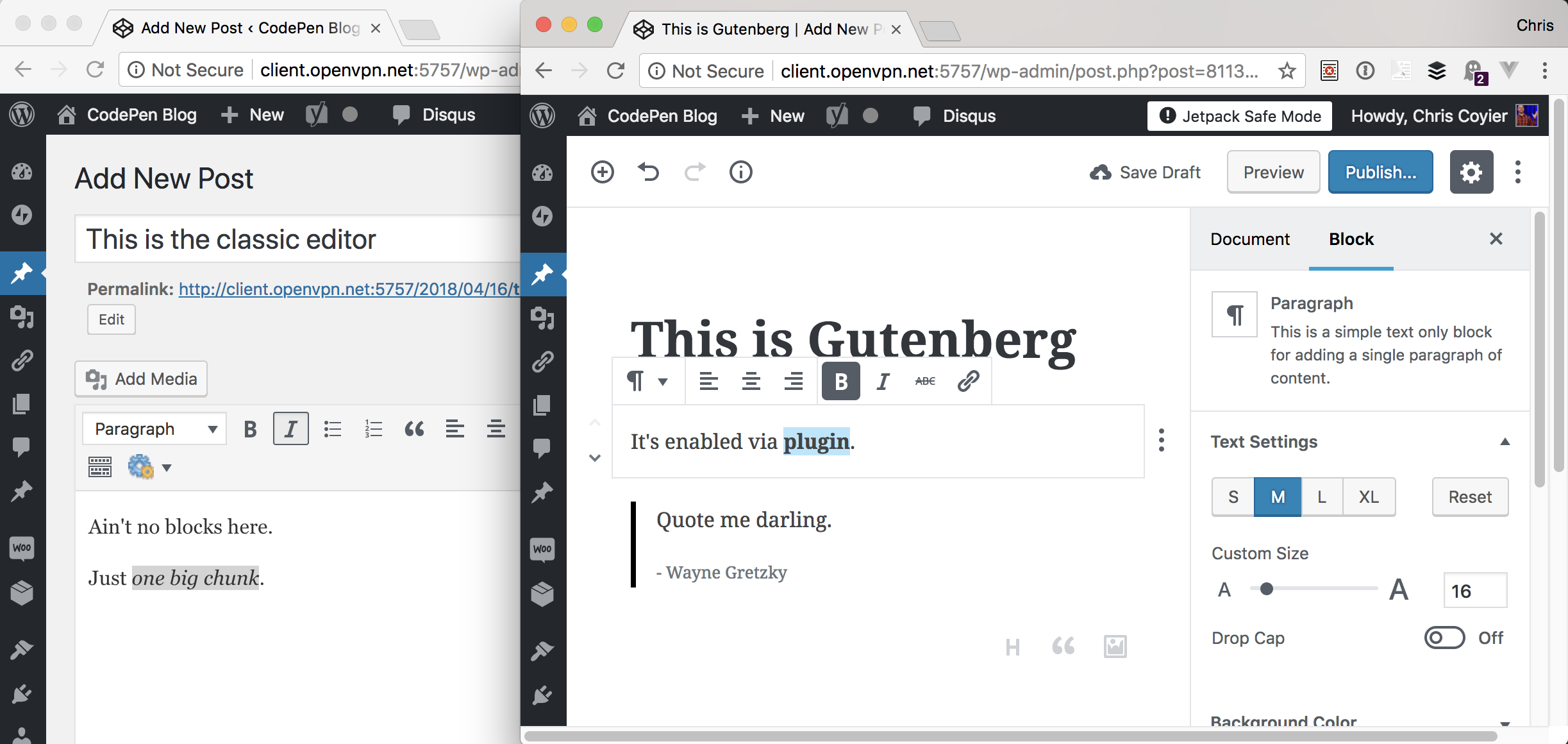
Learning Gutenberg: What is Gutenberg, Anyway?
Gutenberg is the new React-driven SPA editing experience in WordPress. Oh wait, a string of buzzwords doesn’t count for a […]
-
Gutenberg Dev Tip: Move Your Components to the Editor Module
Up until now, Gutenberg reusable components were defined within the wp.blocks module, but this proved to have several drawbacks, as […]
-
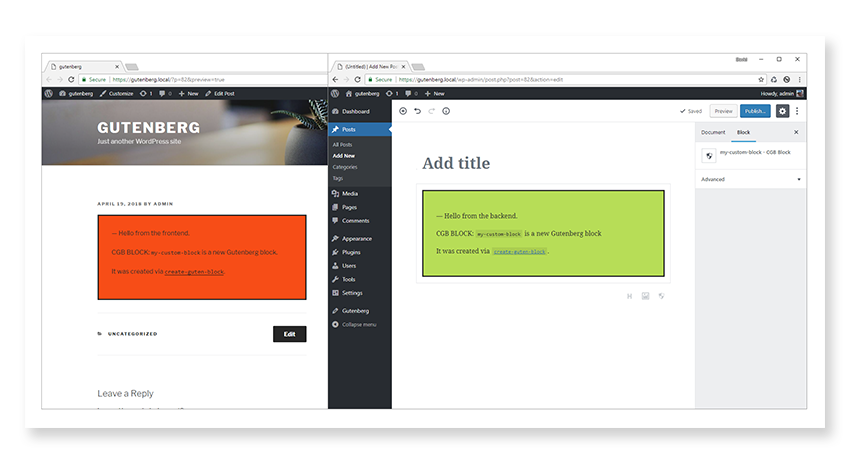
WordPress Gutenberg Block API: Block Look and Feel
In the first post of this series, we had an overview of the Block API and created a simple […]
-

Get Your WordPress Theme Gutenberg-ready
A helpful tutorial explaining how to prepare your WordPress theme for Gutenberg and support all standard Gutenberg blocks in your […]
-
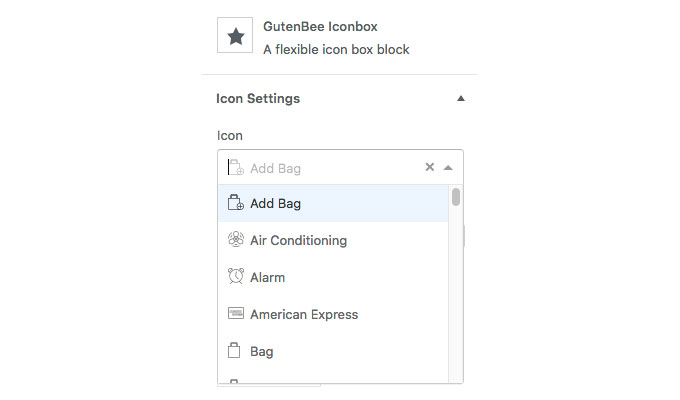
How to use external React components in your Gutenberg blocks
Learn how to use any component from the React ecosystem in your Gutenberg blocks without having to include React and […]
-
Gutenberg Migration Guide
This repository documents WordPress Classic Editor customization points and their Gutenberg equivalents (if such exist). Its goal is to help […]
-
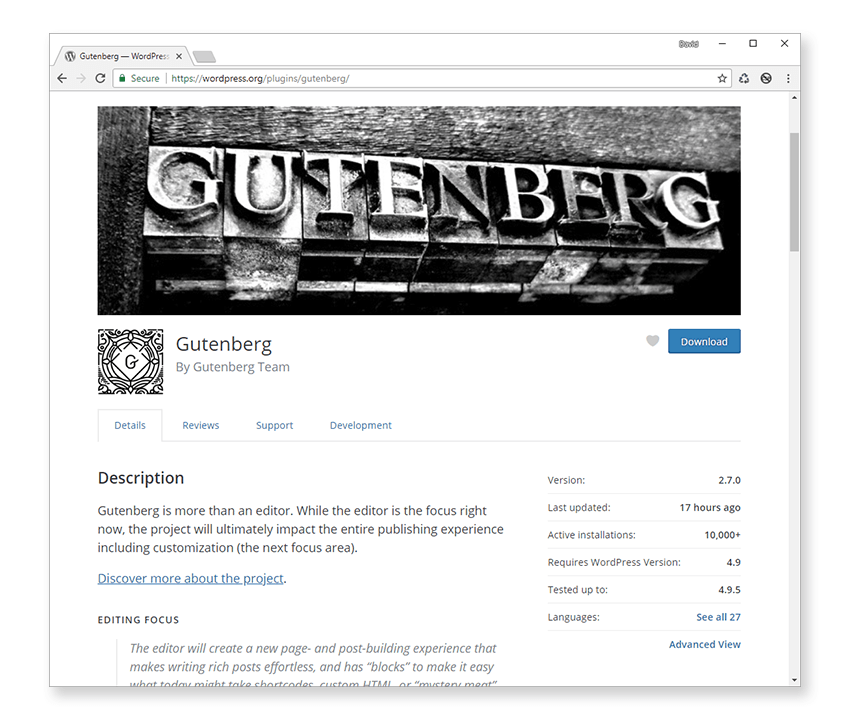
WordPress Gutenberg Block API: An Introduction
The new WordPress editor (codenamed Gutenberg) is due for release in version 5.0. Now is the perfect time to get […]
-

Creating a Hero Image Block with Inspector Controls, Color Palette, and Media Upload (Part 1)
The goal here is to create a full width, customizable hero image Gutenberg block. We aim to learn how to […]
-
Do I Need to Learn React to Build Gutenberg Blocks?
The short answer is no. You don’t need to know anything about React to build a Gutenberg block. But there […]
-

Gutenberg Blocks: Setting up and adding CSS
This is the third part of a WordPress Gutenberg Blocks series by Jim Schofield @jschof. In this part you will […]